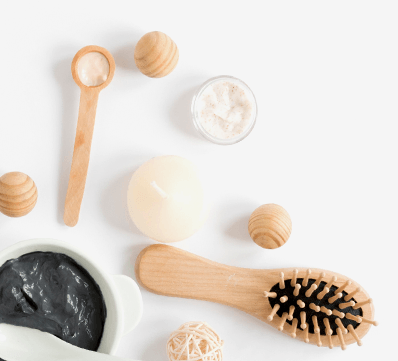
Swedish massage is one of the most popular types of massages worldwide, known for its combination of gentle strokes and deeper pressure. It aims to relax muscles, improve circulation, alleviate tension, and promote overall well-being. This therapeutic technique involves various movements such as effleurage (long, gliding strokes), petrissage (kneading), friction, tapotement (rhythmic tapping), and occasionally, passive joint movements. Swedish massage is typically performed with the client unclothed on a massage table, covered with a sheet for warmth and privacy, with only the area being massaged exposed.
1. Consultation:
- The therapist will begin by discussing your medical history, any specific areas of concern, and your expectations from the massage.
- They will also inquire about any injuries, allergies, or sensitivities you may have.
2. Preparation:
- You'll be given privacy to undress to your comfort level and lie down on the massage table. Typically, you'll be draped with a sheet or towel throughout the session, except for the area being worked on.
3. Starting the Massage:
- The therapist will apply a light oil or lotion to your skin to reduce friction during the massage.
- They will start with long, gliding strokes (effleurage) to warm up the muscles and prepare them for deeper work.
4. Kneading (Petrissage):
- Next, the therapist will use kneading motions with their hands, thumbs, and even elbows to work deeper into the muscles.
- This technique helps to release tension and knots, promoting relaxation and improved circulation.
5. Friction:
- The therapist may use friction techniques, where they apply pressure with their fingers or palms in a circular motion.
- This helps to break down scar tissue and adhesions in the muscles, further releasing tension.
6. Tapotement:
- This involves rhythmic tapping or percussive movements using cupped hands, fingertips, or the edge of the hand.
- Tapotement stimulates the muscles, invigorating them and improving circulation.
7. Stretching:
- Depending on your flexibility and comfort level, the therapist may incorporate gentle stretching movements.
- This helps to increase flexibility, relieve stiffness, and improve range of motion.
8. Closing the Session:
- Towards the end of the session, the therapist will gradually reduce the intensity of the strokes to help you ease back into a relaxed state.
- They may end with some gentle strokes (effleurage) to leave you feeling calm and balanced.
9. Post-Massage:
- The therapist will leave the room to allow you to dress in private.
- They may provide you with water to help flush out toxins released during the massage.
10. Aftercare Recommendations:
- The therapist may suggest stretches, exercises, or self-care techniques to prolong the benefits of the massage.
- They might also advise on any areas to apply ice or heat if needed.
11. Follow-Up:
- Depending on your needs and goals, the therapist may recommend a follow-up session schedule.
Each Swedish Massage session is tailored to your individual preferences and needs, ensuring a personalized experience aimed at promoting relaxation, relieving tension, and enhancing overall well-being.
© 2025 Garnet Royal Spa . All Rights Reserved.


